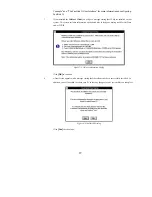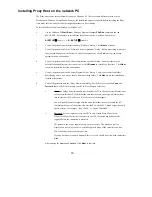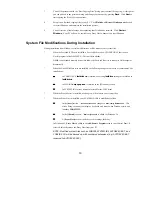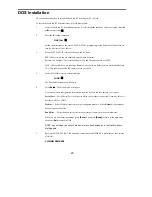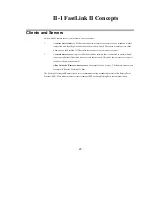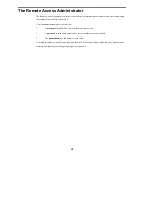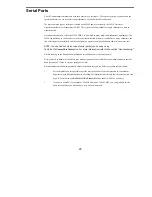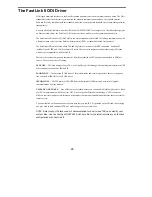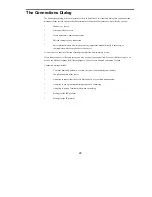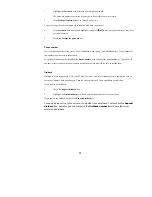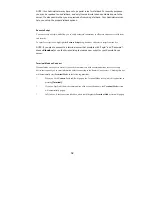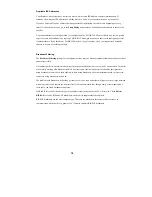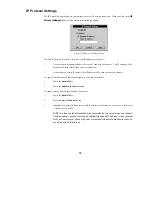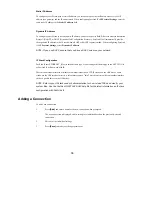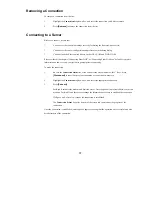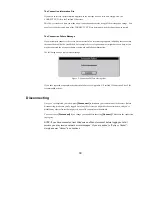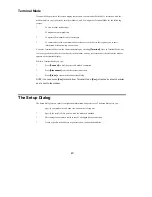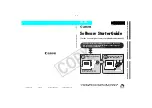
25
Serial Ports
Your PC and modem communicate with each other over a serial port. The type of serial port you have and the
speed (baud rate) you set it to affect the performance of your FastLink II connection.
The most common type of serial port is based on the 8250 and, more recently, the 16450 Universal
Asynchronous Receiver Transmitter (UART). This type of serial port handles a single character at a time in
either direction.
An enhanced serial port, called the 16550 UART, is now used in many high-end workstations and laptops. The
16550 can buffer up to 16 characters at a time in either direction. Because it can buffer so many characters, the
risk of losing data is minimized and the serial port can operate at a higher baud rate and at a lower error rate.
NOTE: You can find out which type of serial port(s) you have by using
FastLink II’s
Comm Port Test
option. For more information, refer to the section “Housekeeping.”
All this leads up to the $64 question: What baud rate should you set the serial port to?
First, you need to know what baud rate your modem requires. It’s possible that your modem requires a specific
baud rate and you’ll have to set your serial port to that.
But most modern modems automatically adjust to any baud rate you set. So here are some rules of thumb:
Set the highest baud rate possible to get the most benefit out of the compression in your modem.
Experiment with different baud rates, checking Port Statistics to make sure that the error rate isn’t too
high. (The ratio between Rx Total and Rx Errors should be about 10,000 to 1 or better.)
If you have a fast PC (for example, a 50 MHz 486) and a 16550 UART, you can probably set the
baud rate as high as you like and not worry about it too much.








